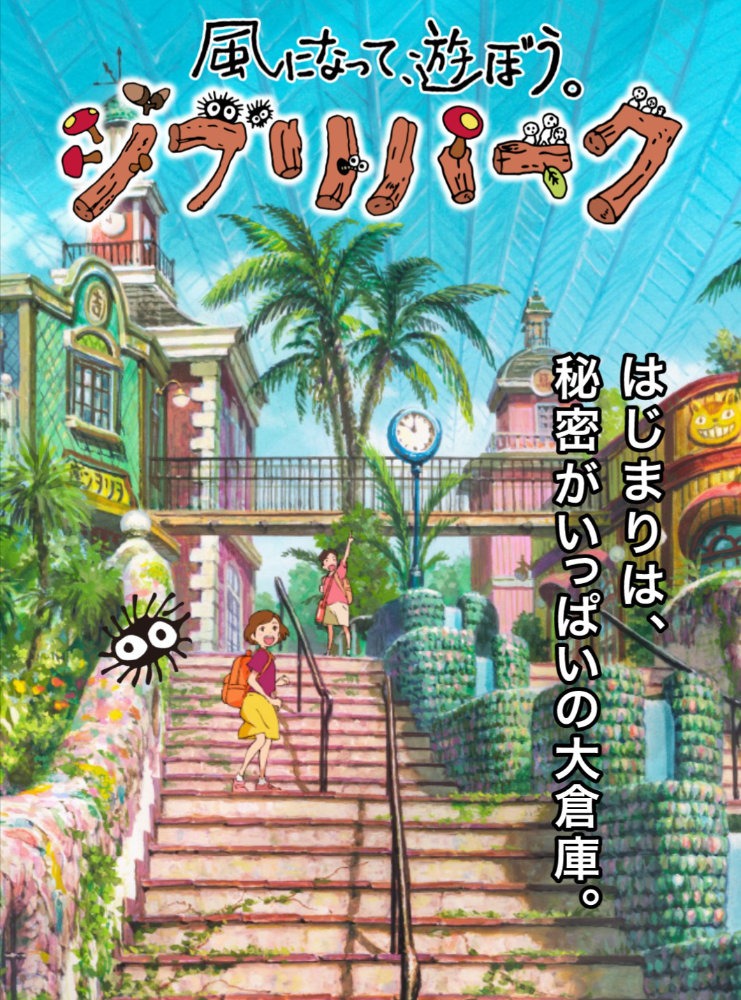Bjarke Ingels’ architecture studio, BIG, has collaborated with the Japanese hospitality brand Not A Hotel to create a trio of exquisite villas on Sagishima Island, Japan. This partnership between renowned architects Bjarke Ingels and Leon Rost celebrates the harmonious convergence of Japanese and Scandinavian design aesthetics, resulting in a unique architectural masterpiece.
Converging Cultures in Design
The concept of Not A Hotel Setouchi draws inspiration from the historical convergence of Japanese and Scandinavian cultures, dating back to the 19th century when Japan opened its borders to international influence. Both design philosophies emphasize minimalism and the use of natural materials, creating a seamless blend of styles in these villas.
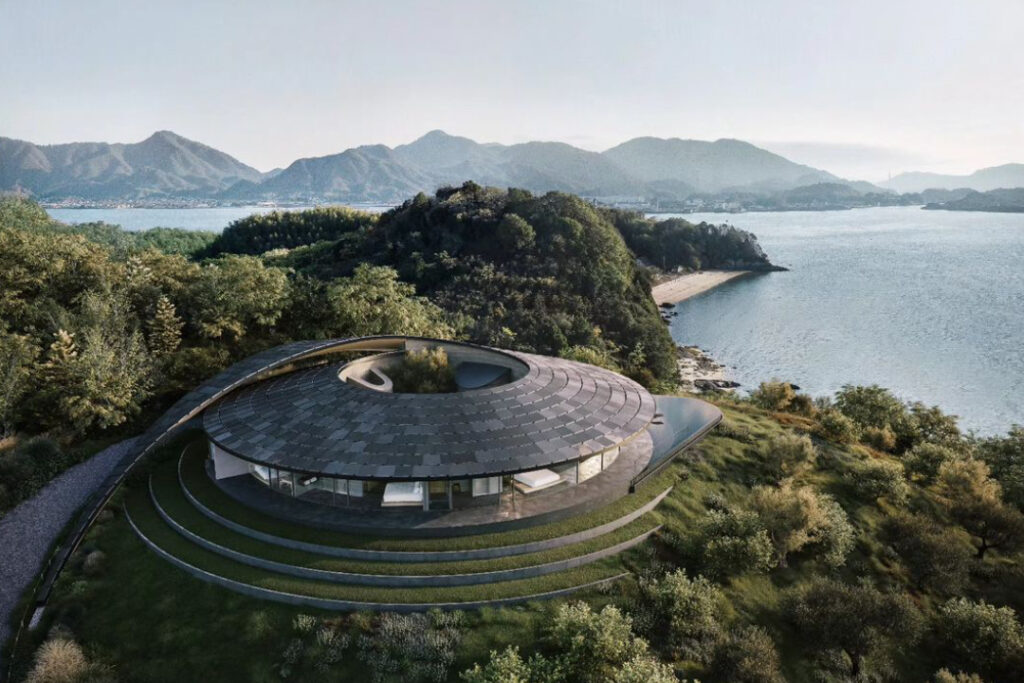
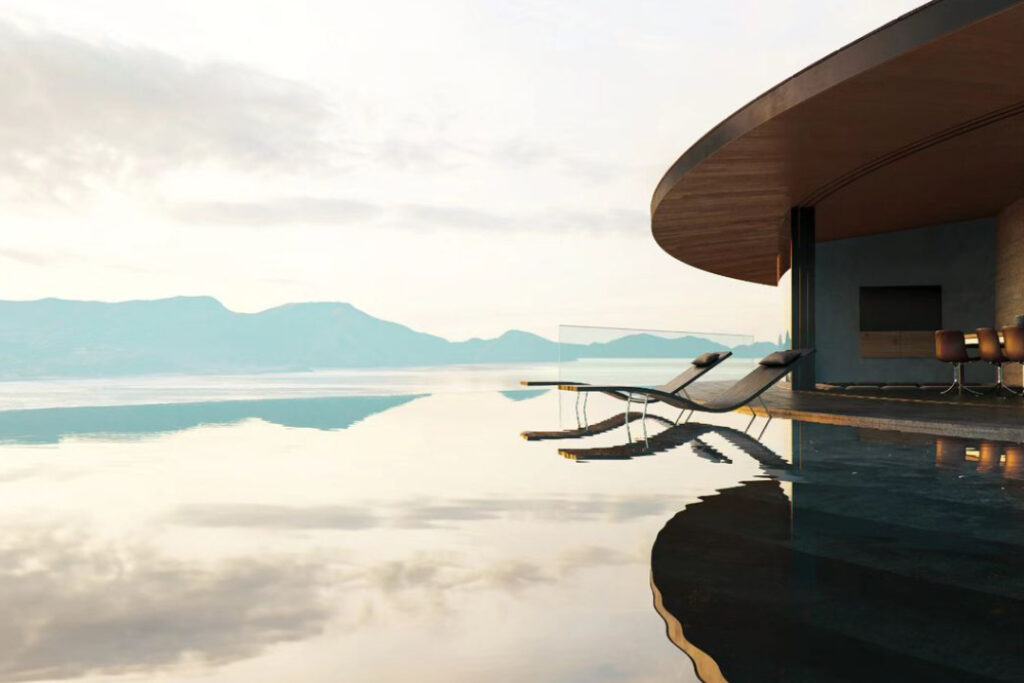
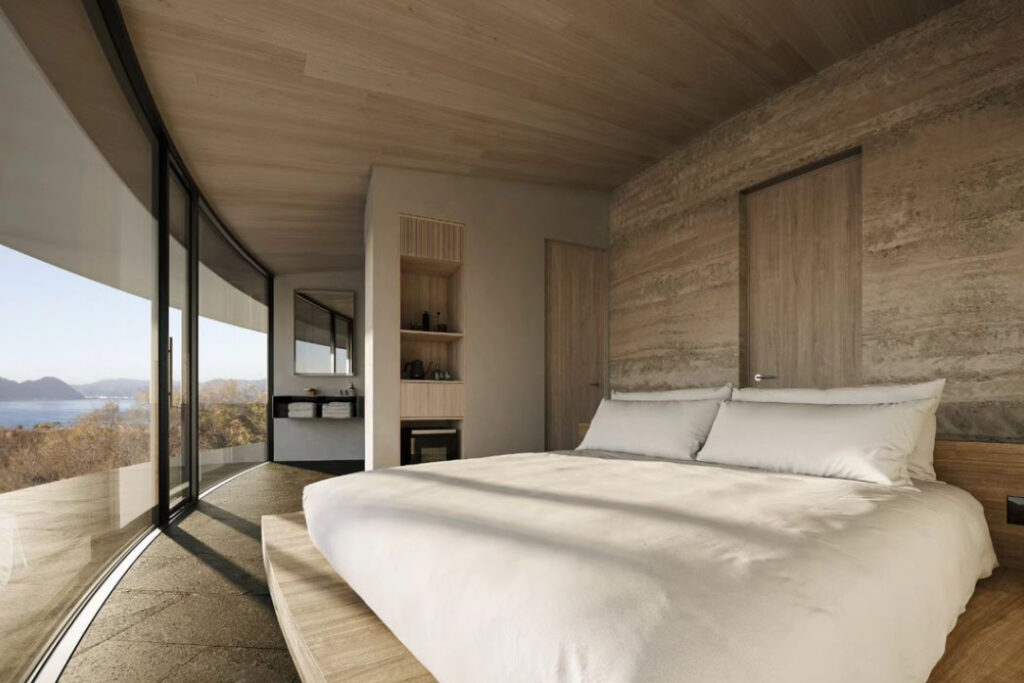
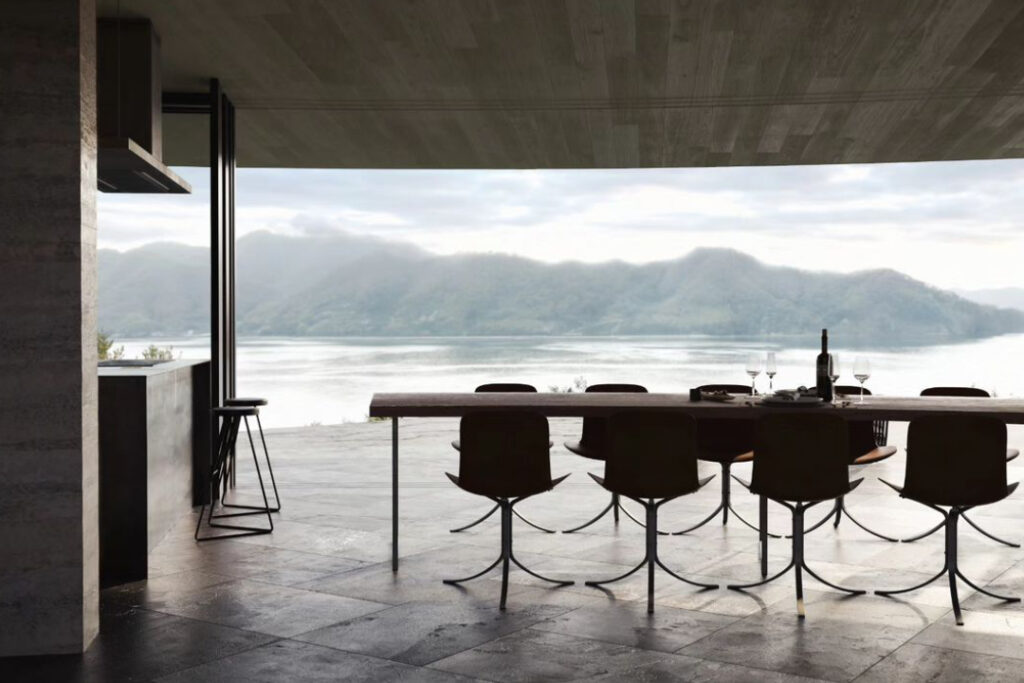
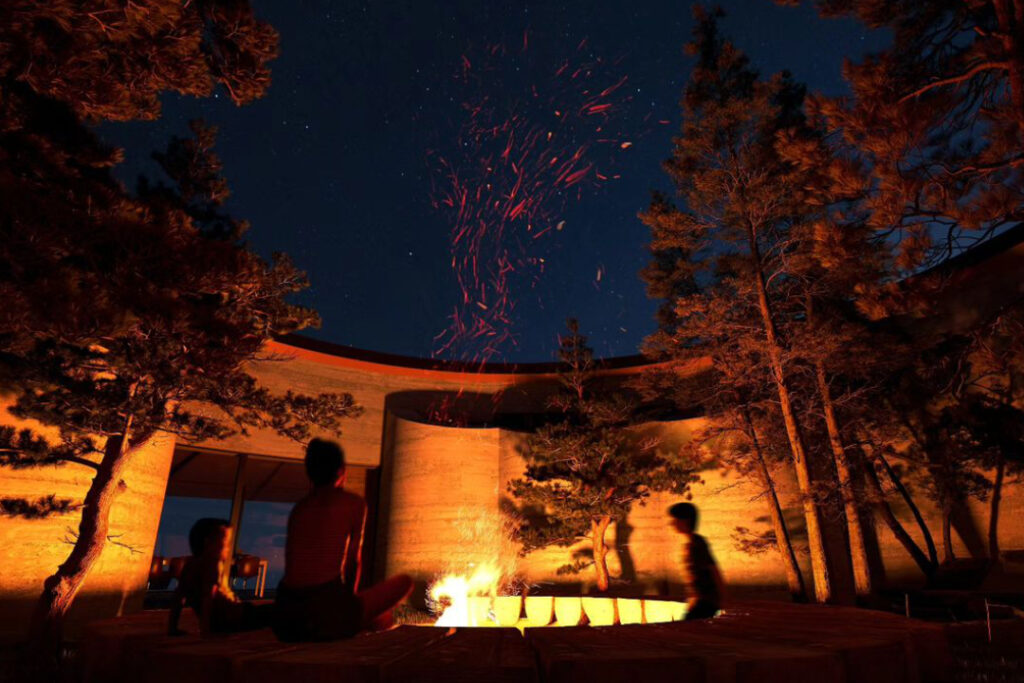

Image Credit: Not A Hotel
Architectural Features and Aesthetics
The villas feature distinctive architectural elements such as wood ceilings, slate floors, and panoramic floor-to-ceiling windows that offer breathtaking ocean views. Curved clay walls add a warm yet simplistic touch, creating spaces that are both inviting and elegant.
Location and Layout
Situated on the southwestern cape of Sagishima Island, the villas are aptly named Not A Hotel Setouchi, reflecting their connection to the Seto Inland Sea region. Each villa is designed as a single-story structure, mirroring traditional Japanese houses, and contains either three or four bedrooms. The circular design embraces the natural terrain, with grass seamlessly merging into the villa’s foundation.
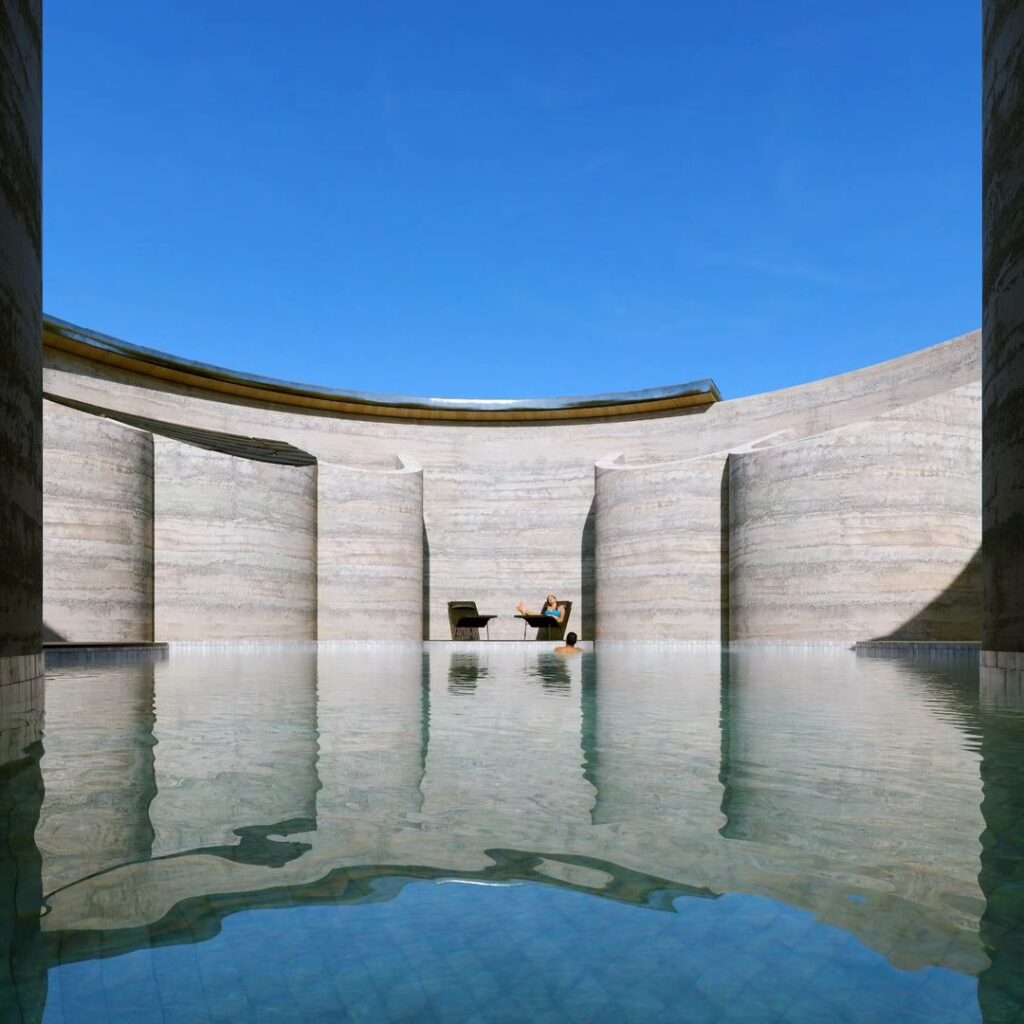
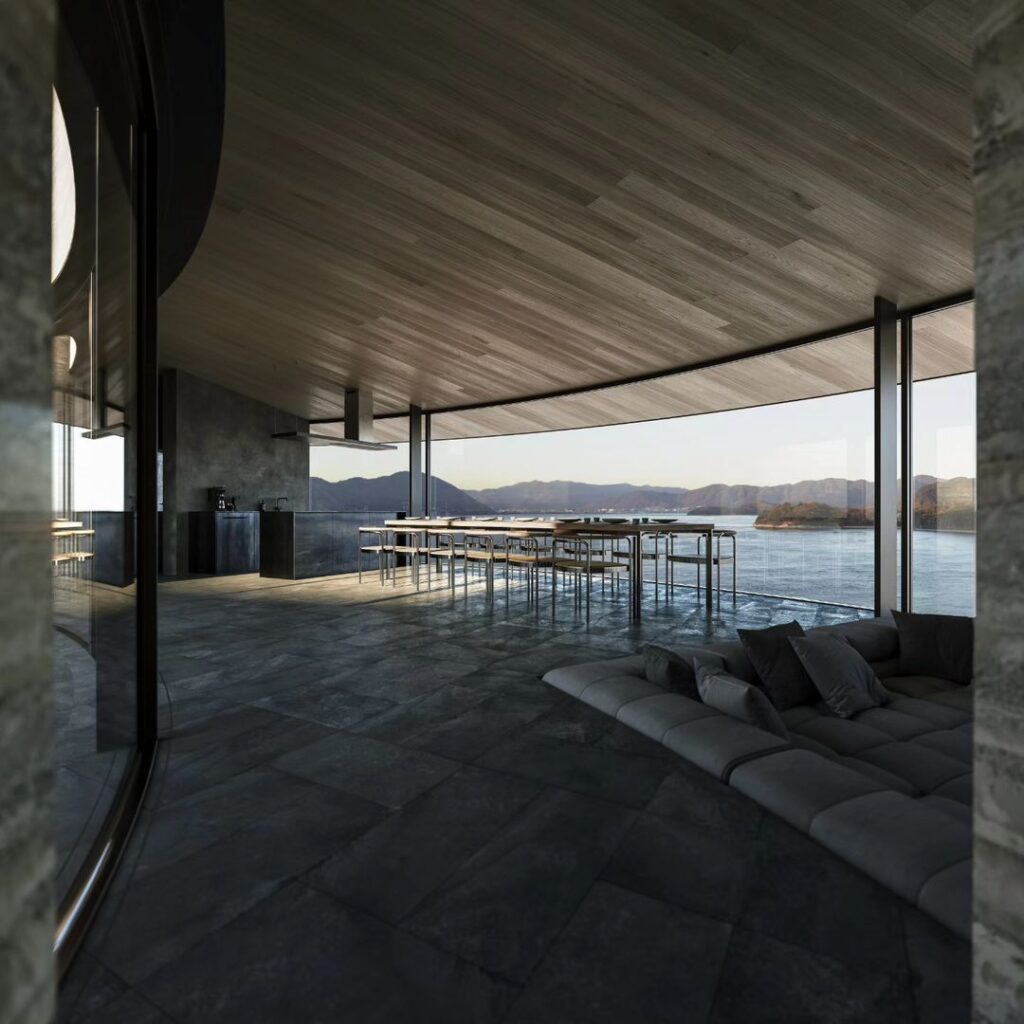
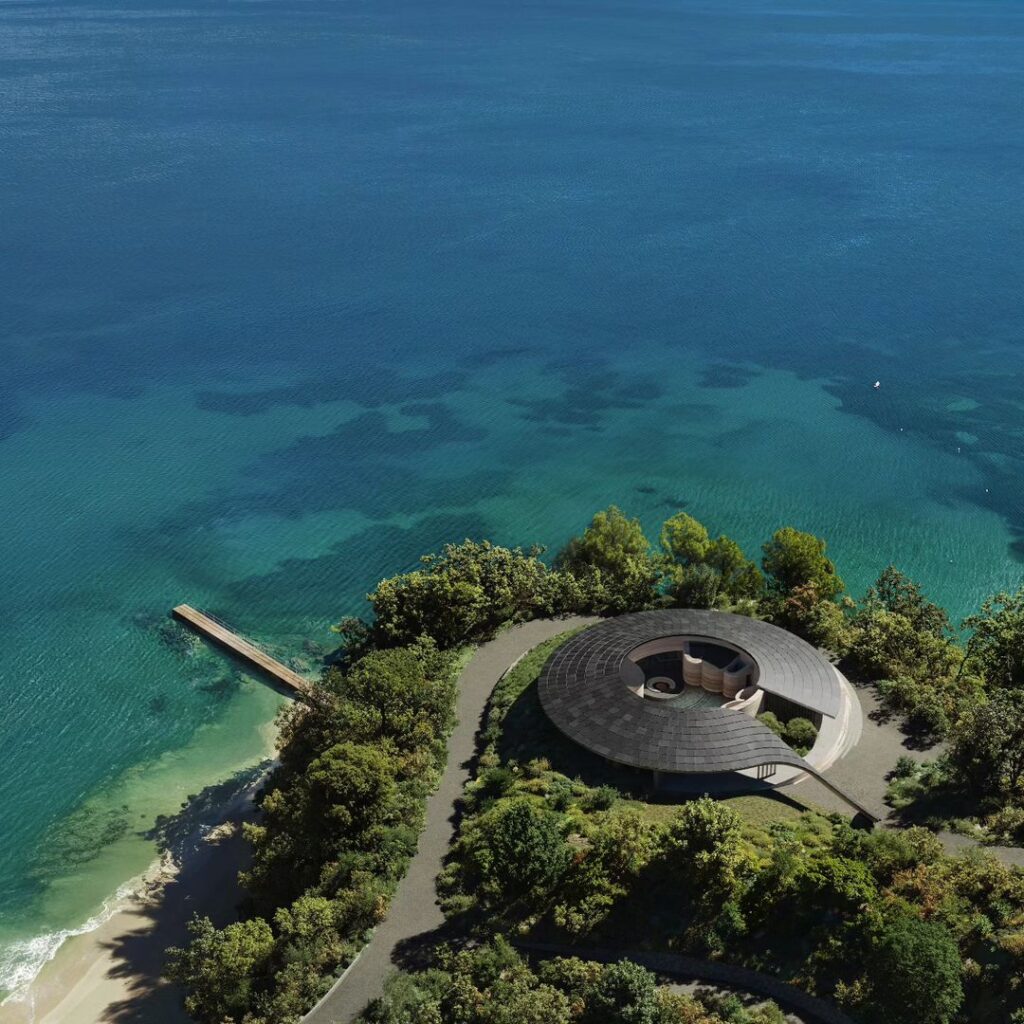

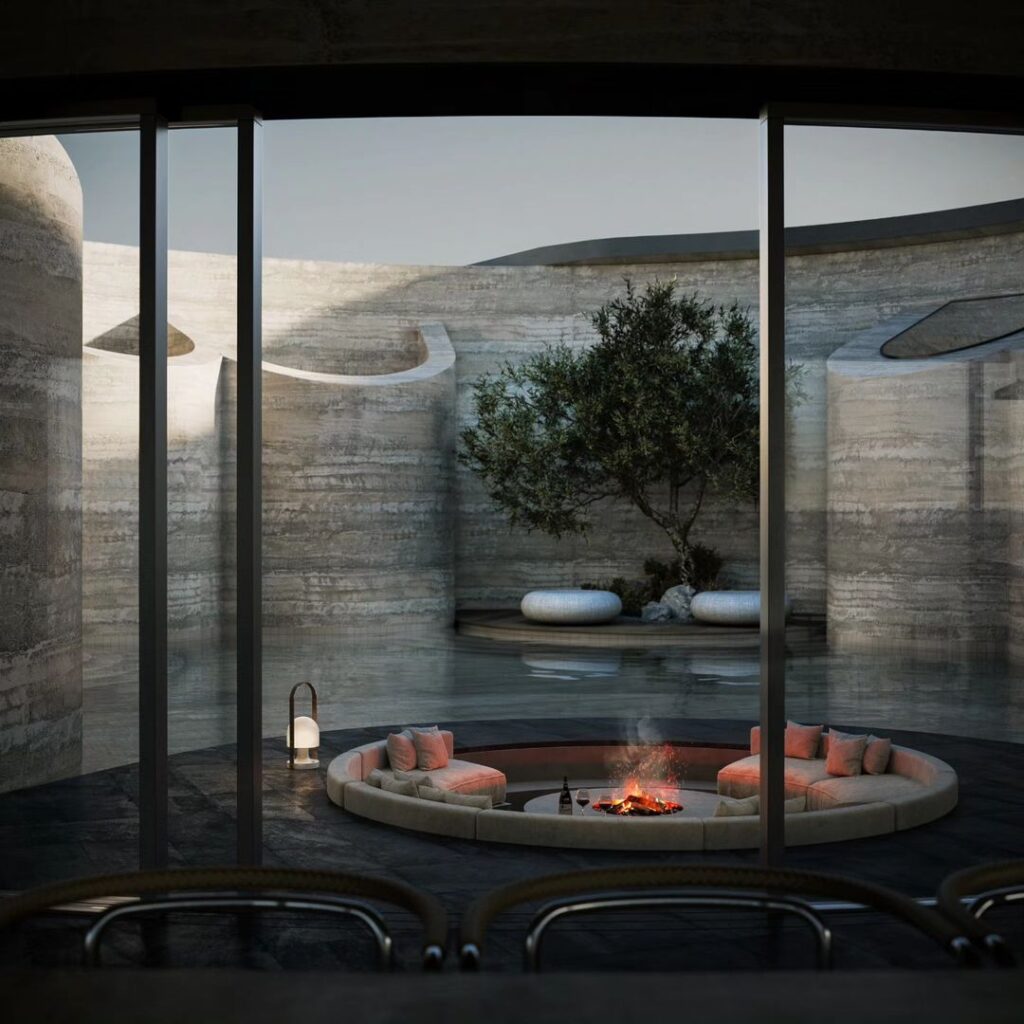
Image Credit: Not A Hotel
Design Philosophy
Bjarke Ingels emphasized the importance of understanding and respecting the landscape in the design process. “Our design approach for Not A Hotel Setouchi wasn’t about imposing our ideas on the site; instead, it involved exploring, observing, and understanding the landscape. We envisioned how to best leverage this distinctive and remarkable terrain and fixed upon a design that mirrors the elegance of traditional Japanese architecture,” Ingels stated.
Cultural and Architectural Symbiosis
The villas also reflect a deep appreciation for Japanese craftsmanship and the timeless quality of traditional architecture. Ingels noted, “Japan is one of the cultures in the world where commitment to craft and care for quality remains intact. The honesty and simplicity of the structure and careful choice of materials have greatly influenced both traditional Japanese and modern Danish architecture. Maybe that’s why when I go to Japan, I always feel like I’m coming home.”
Future Prospects
With construction expected to be completed by 2026, the Not A Hotel Setouchi villas will soon be available for purchase, offering a unique blend of Scandinavian and Japanese design to future homeowners. This project stands as a testament to the beauty and elegance that can be achieved when diverse cultural aesthetics are thoughtfully integrated.
